Field Crops
-
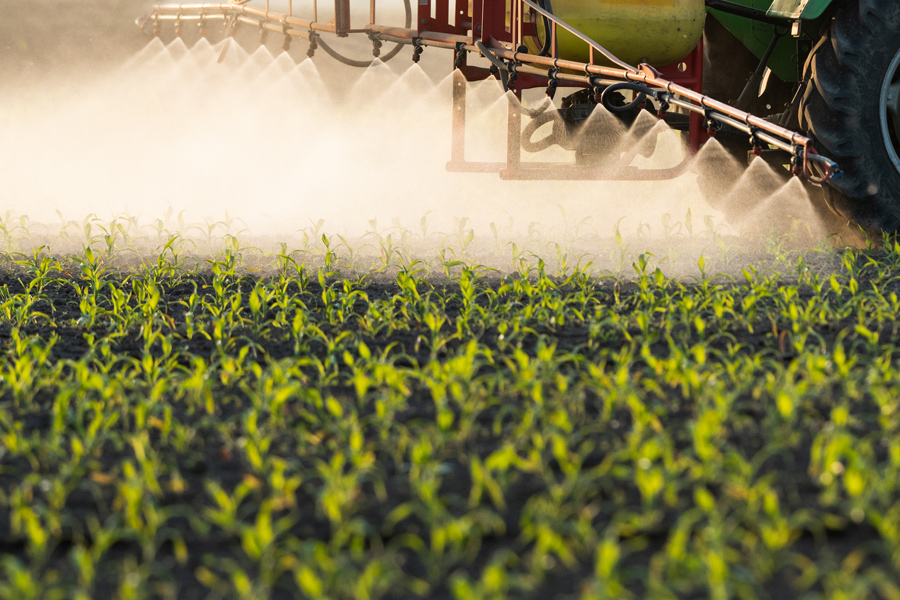
Pesticide applicators should visit the Bulletins Live! Two website to determine if they are located within a pesticide-restricted or limited area, known as a pesticide use limitation area (PULA). These restrictions protect endangered and threatened species from adverse effects. This publication provides users a step-by-step guide on how to navigate this website and access the information needed for applications and recordkeeping.
Taylor Randell Singleton, Stanley Culpepper, and Eric P. Prostko
|
-
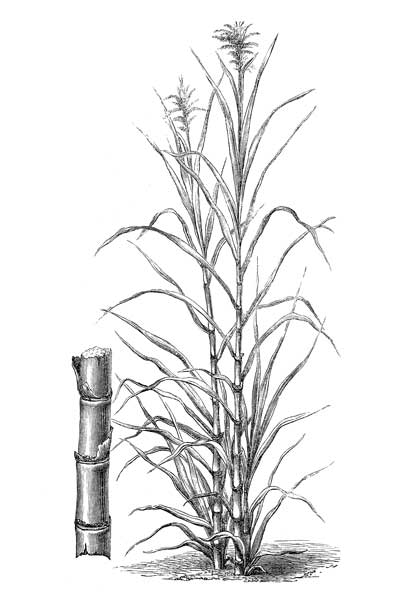
SB 28-29
Sugarcane
Commercial insect and weed control in sugarcane. Updated annually.
Eric P. Prostko and Allison Faye Johnson
|
-

SB 28-30
Sunflower
Commercial insect and weed control in sunflowers. Updated annually.
G. David Buntin, Eric P. Prostko, and Allison Faye Johnson
|
-

SB 28-17
Field Peas
Commercial insect and weed control in field peas. Updated annually.
Eric P. Prostko and Allison Faye Johnson
|
-
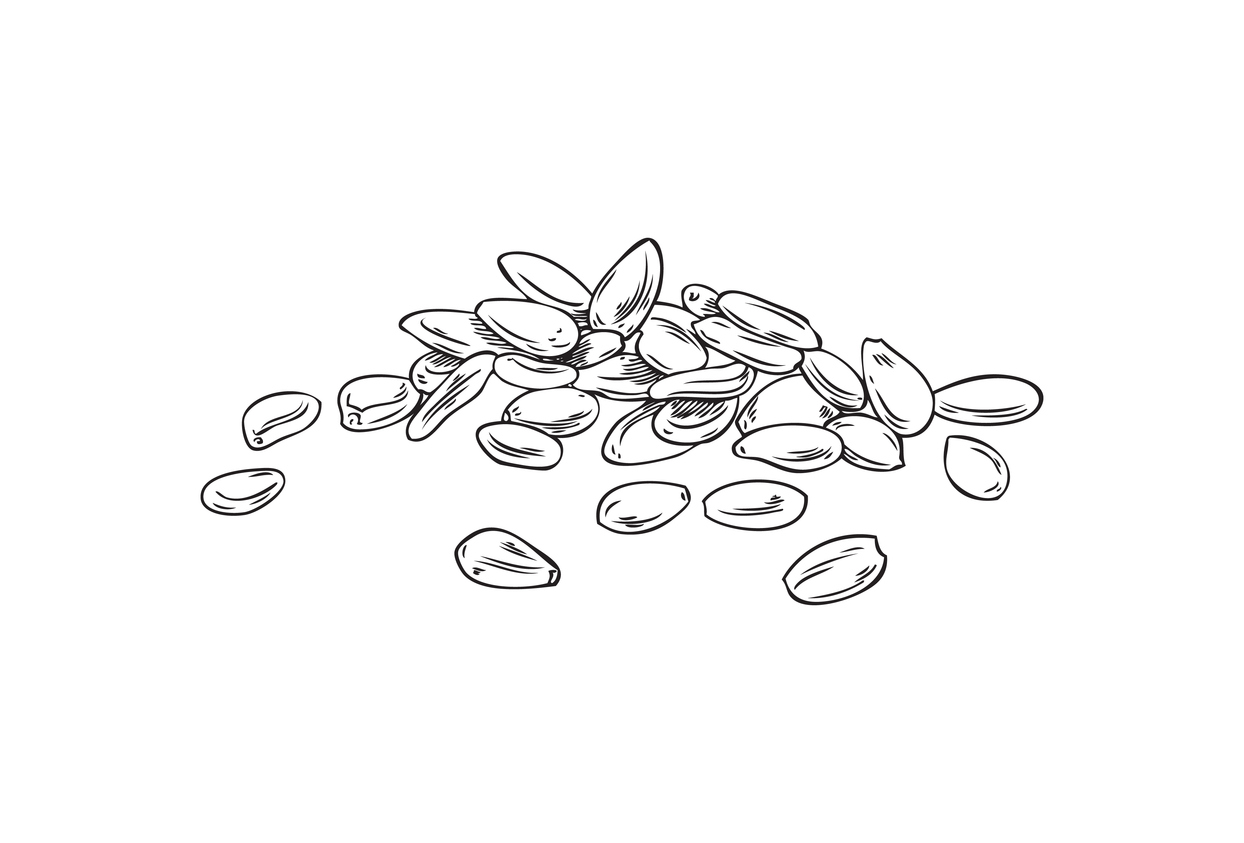
SB 28-26
Sesame
Commercial insect and weed control in sesame. Updated annually.
Eric P. Prostko and Allison Faye Johnson
|
-

AP 132-01
2024 Georgia Corn Production Guide
This is the Extension Corn Team’s full production guide for recommended practices to plant and maintain a corn crop in Georgia. Topics include agronomic practices, growth and development, fertilization, irrigation, weed, insect and disease management, harvesting and drying, protecting stored corn, soil health, and economics/budgets.
G. David Buntin, Eric P. Prostko, Robert C Kemerait Jr, Amanda R Smith, Ronald Scott Tubbs, Wesley Porter, Guy Hancock, Henry Y. Sintim, Glendon H. Harris, and Michael D Toews
|
-
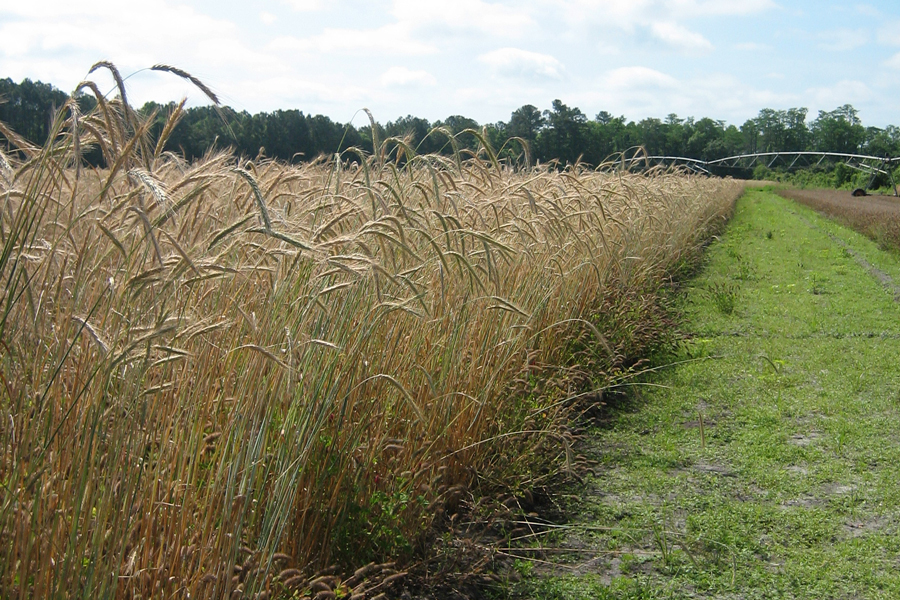
Cover crops have many benefits for farmers, including erosion control, weed suppression, and feeding the food soil web. Cover crops also play an important role in fertility, particularly for nitrogen.
One of the challenges facing farmers who use cover crops is quantifying the available nitrogen supplies to the following cash crop by the decomposing cover crop residues and how they might change their fertilizer management to account for this. This publication is intended to educate farmers on the nitrogen cycle, cover crops, and nitrogen; how nitrogen is released from cover crops; and the new Cover Crop Nitrogen Availability Calculator, including the steps necessary to use the Calculator.
Julia W. Gaskin and Miguel L. Cabrera
|
-
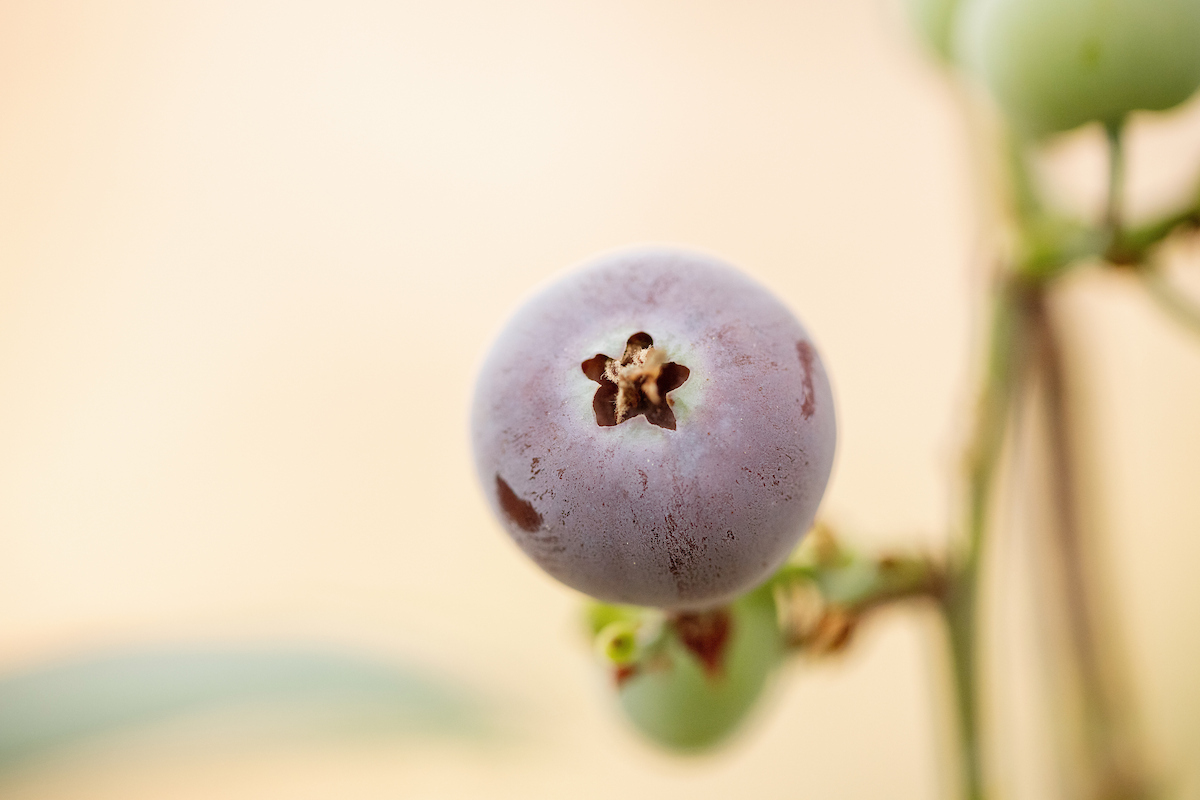
2022 plant disease losses, including control costs, amounted to an estimated $933 million. The value of the crops used in this estimate was approximately $8200 million, resulting in a 11.4% relative disease loss across all crops included in this summary. The estimated values for most crops used to compute these disease losses are summarized in the UGA Center for Agribusiness & Economic Development 2022 Georgia Farm Gate Value Report (AR-24-01). Some estimates for fruits, ornamentals, and turf rely on Extension specialists’ knowledge of the industry and industry sources for information.
Timothy Branner Brenneman, Phillip M. Brannen, Ganpati Jagdale, Bhabesh Dutta, and Ansuya Jogi
|
-

This publication provides information on selecting an optimal soil sampling grid size that can accurately depict spatial nutrient variability within the fields in the southeastern US and helps in informing precision site-specific nutrient applications.
Jason Lessl, Simerjeet Virk, and Glendon H. Harris
|